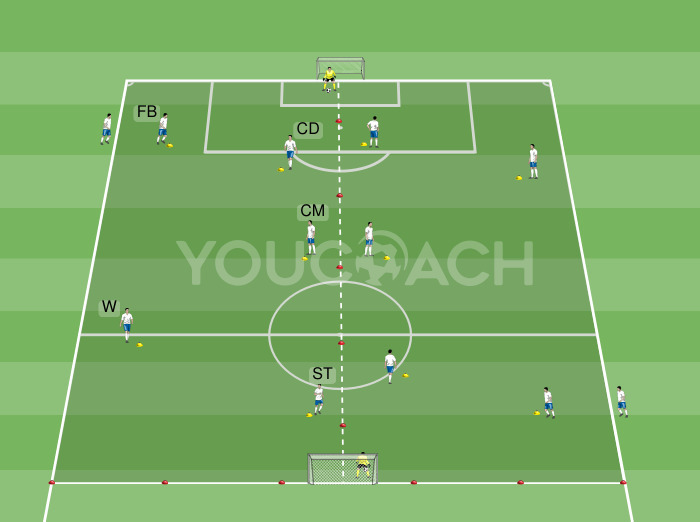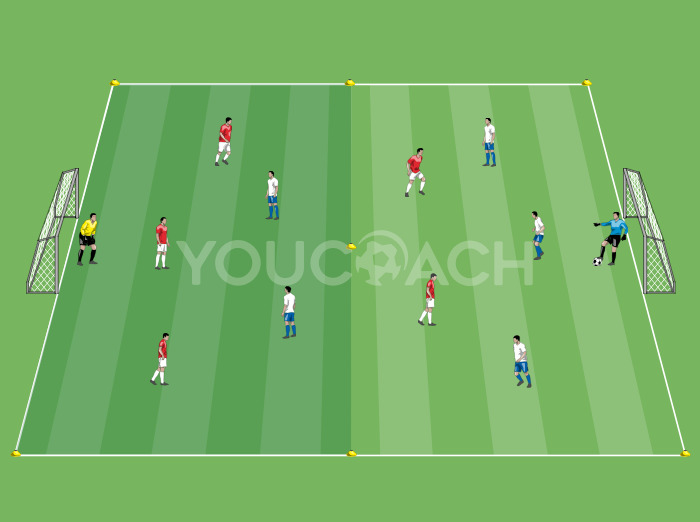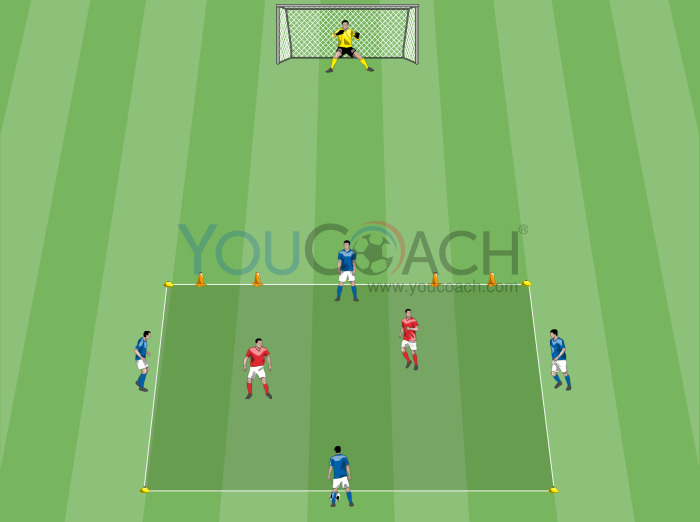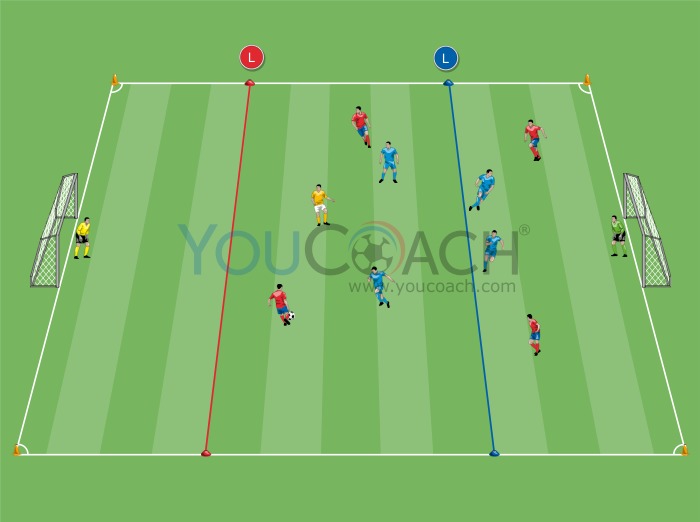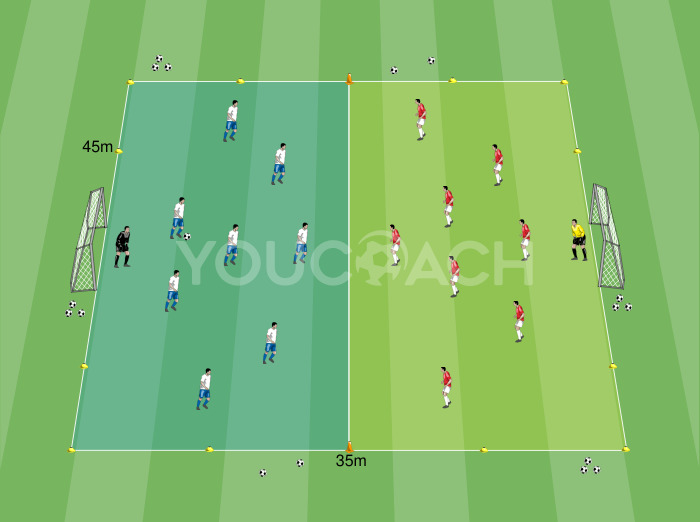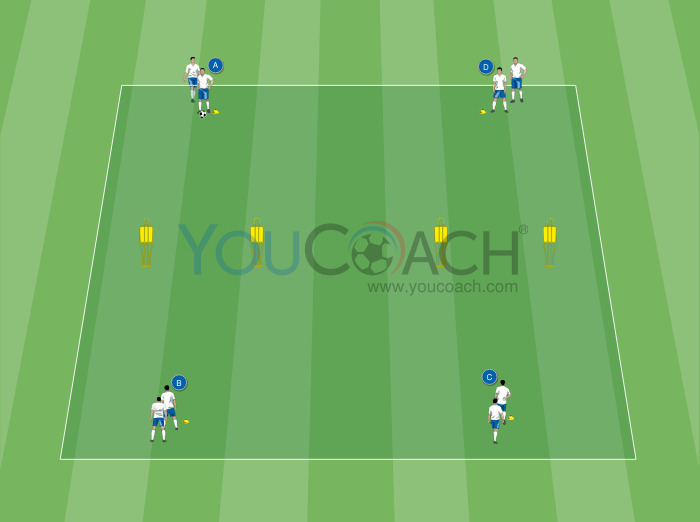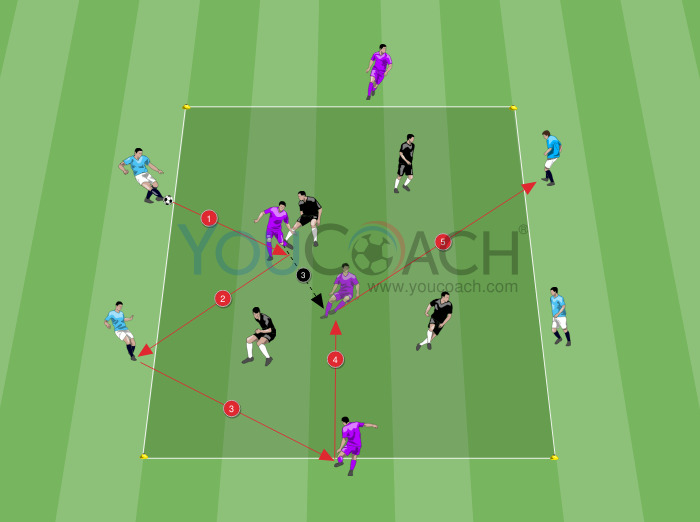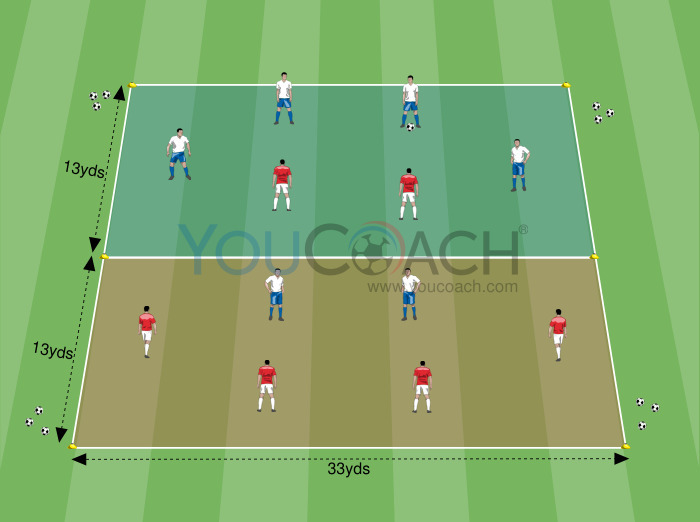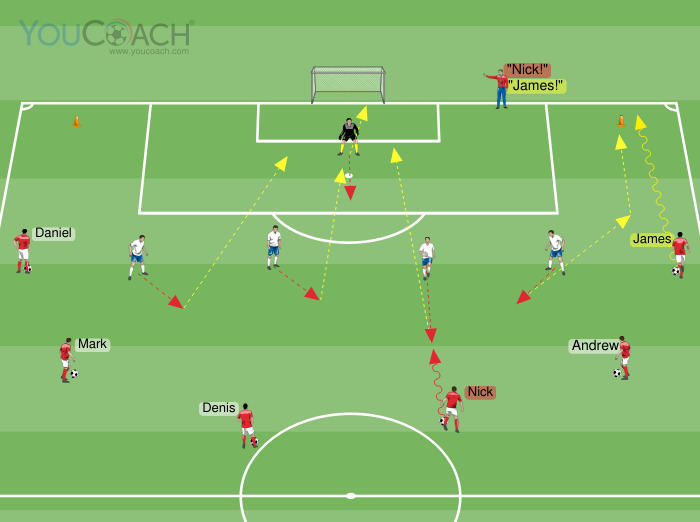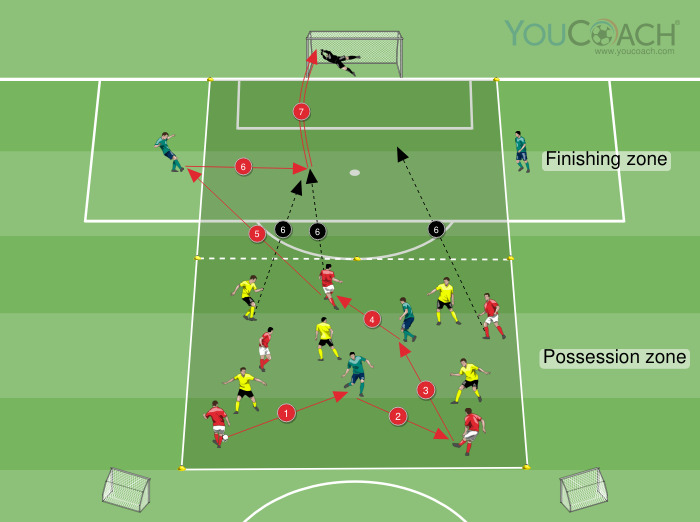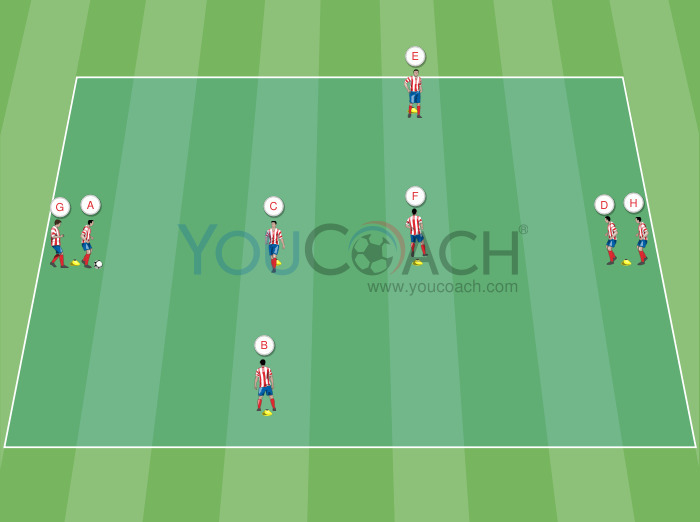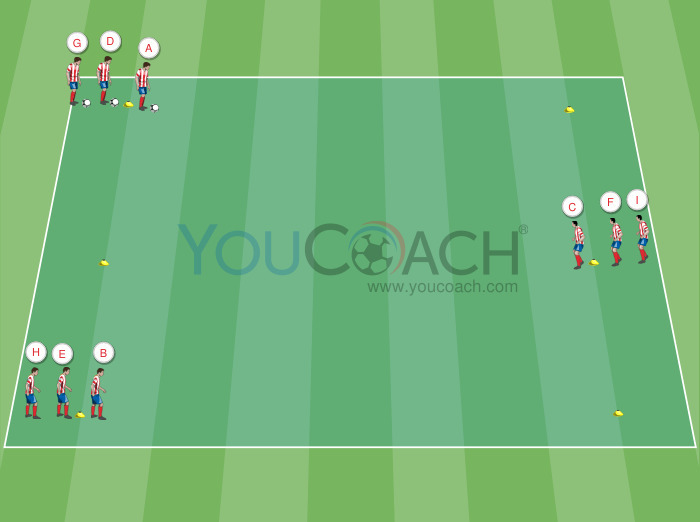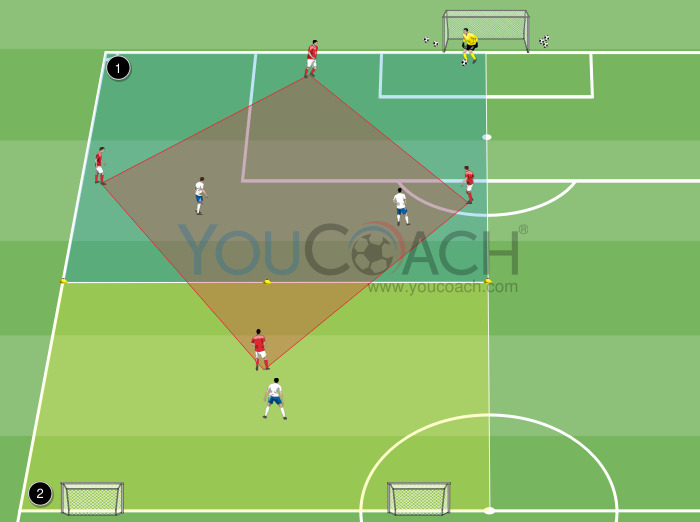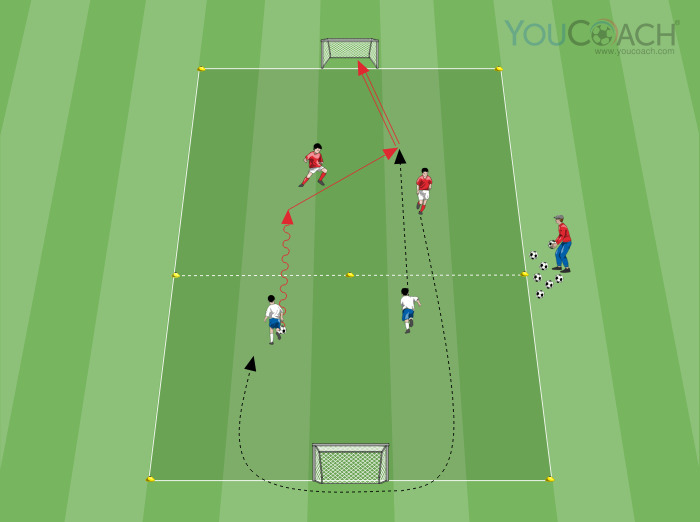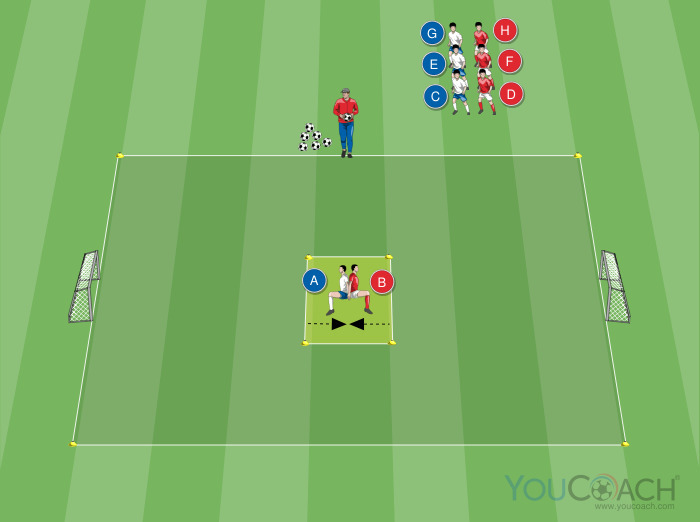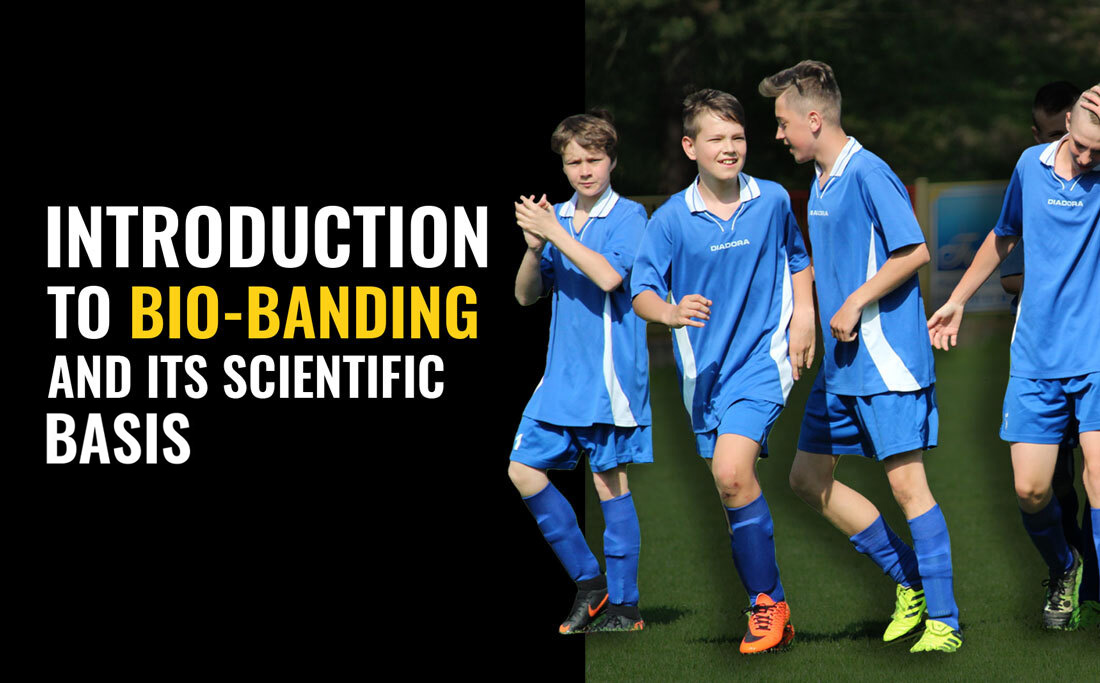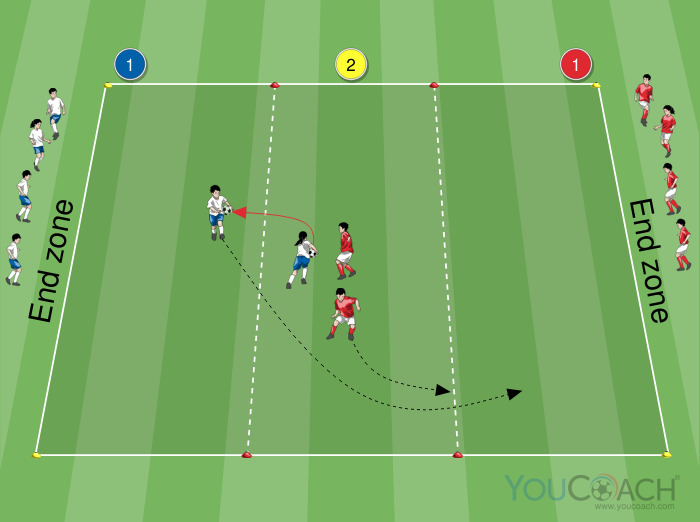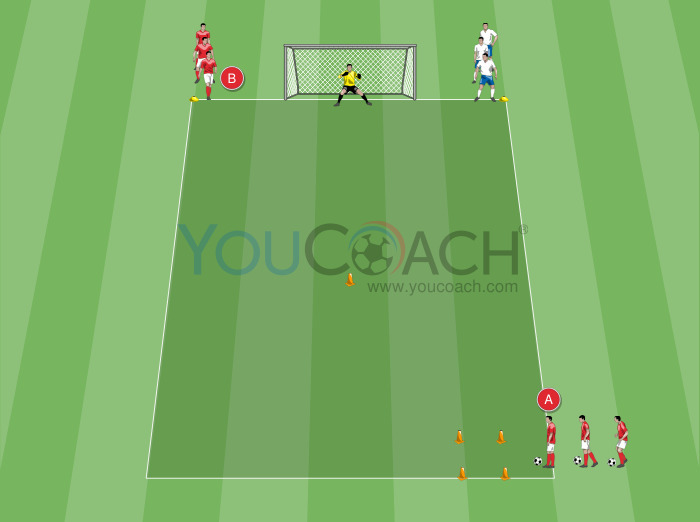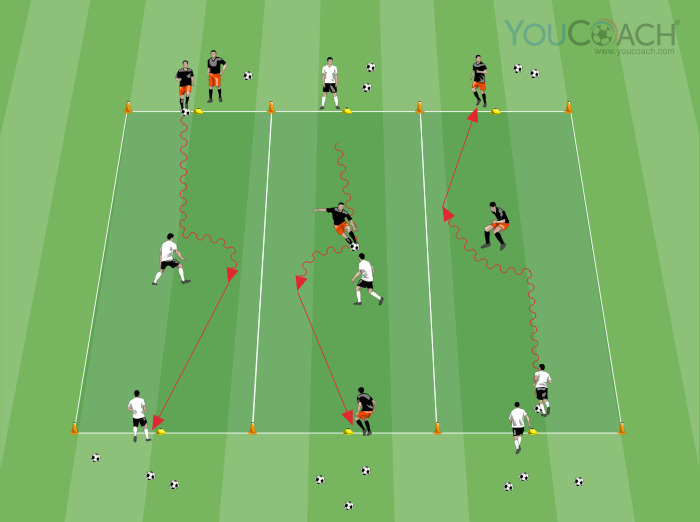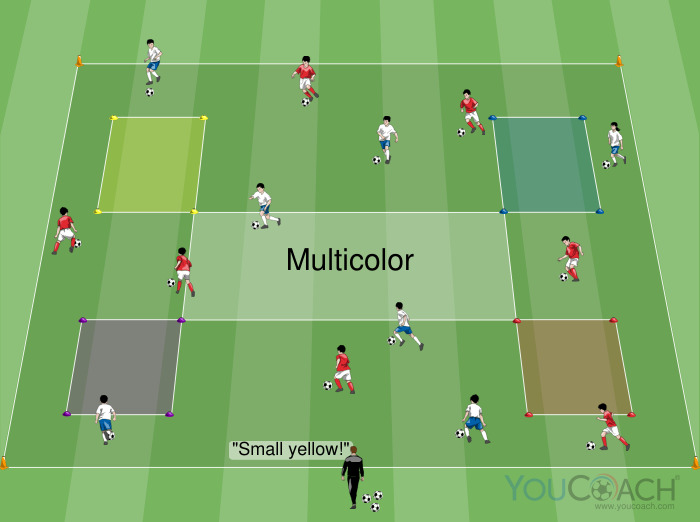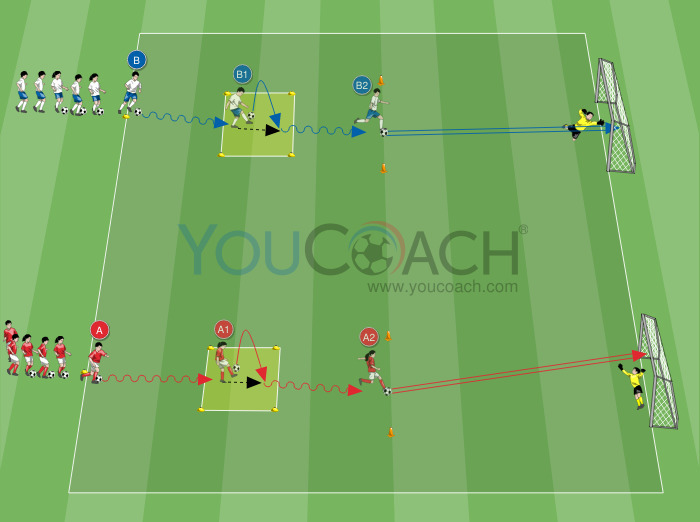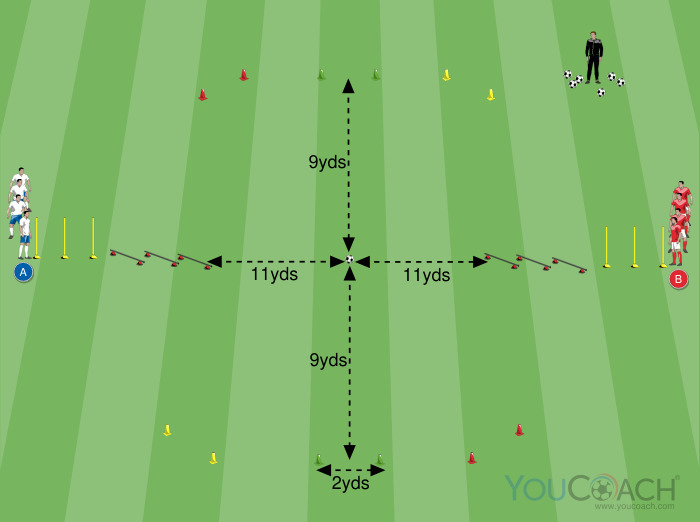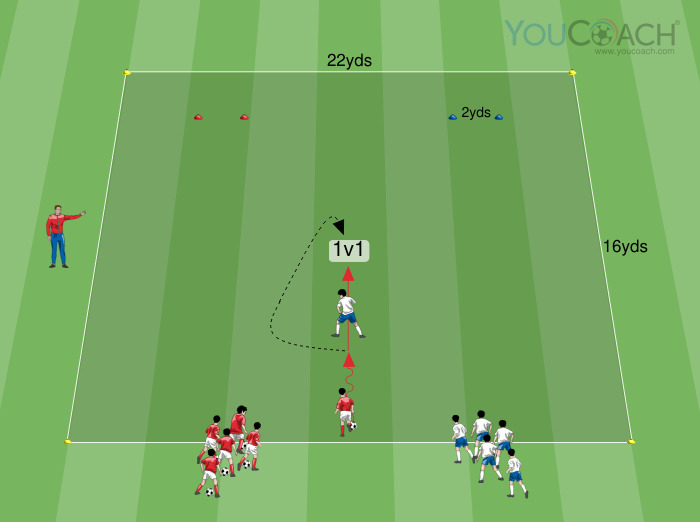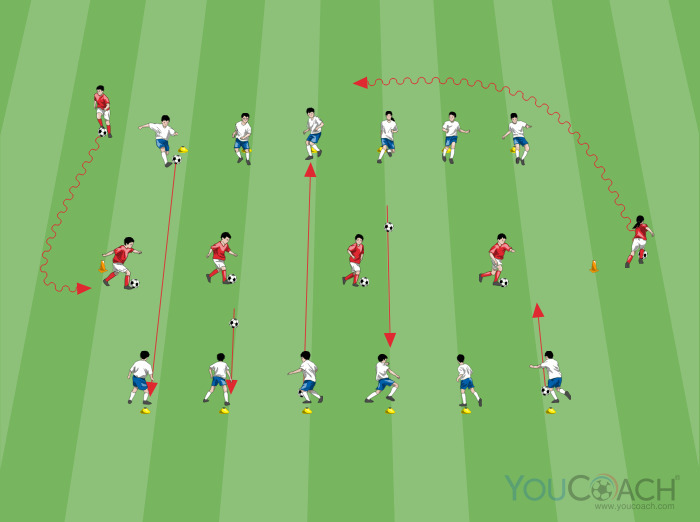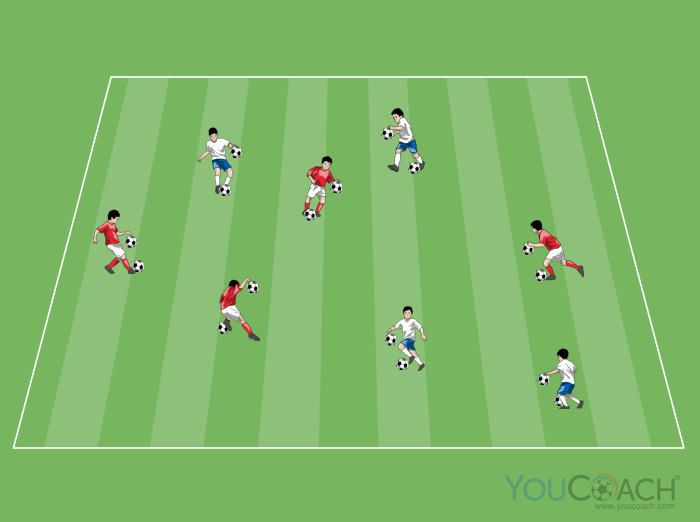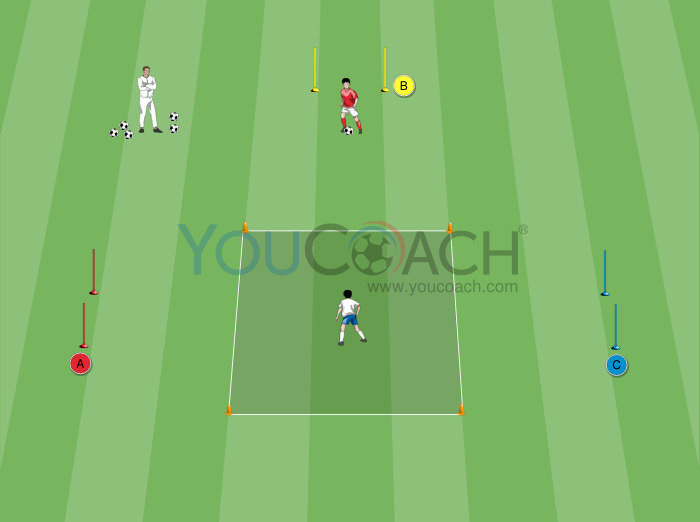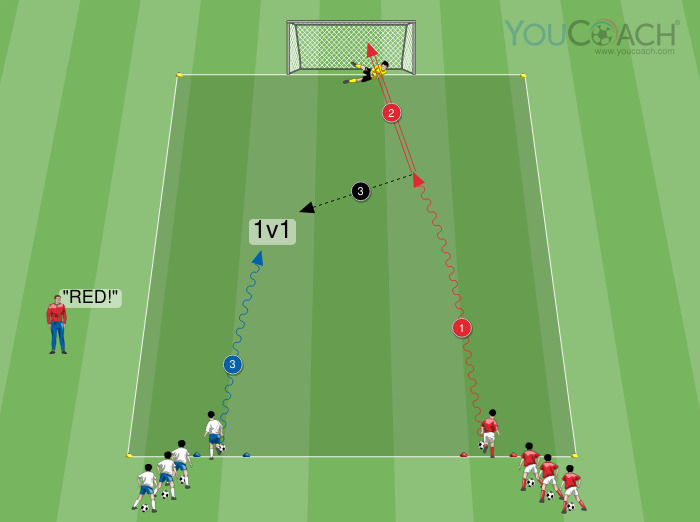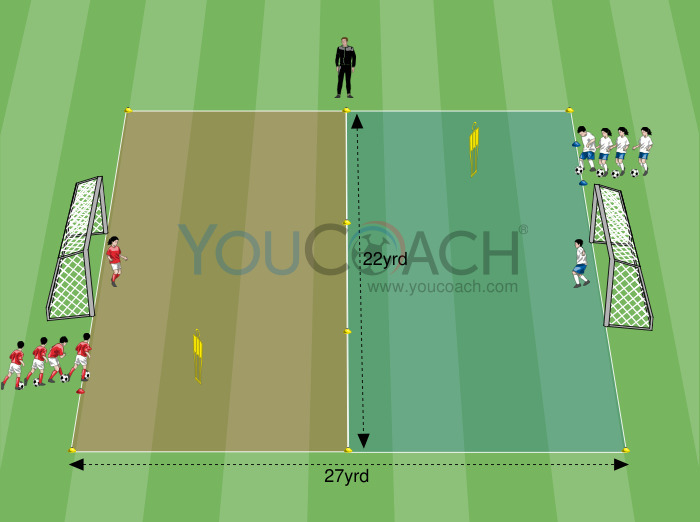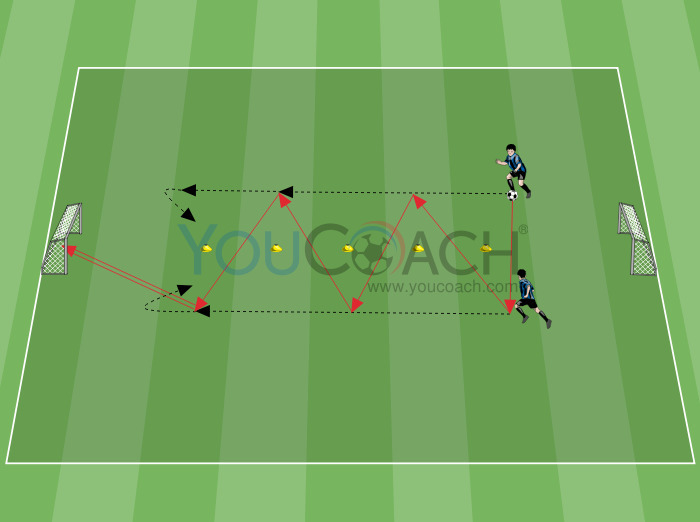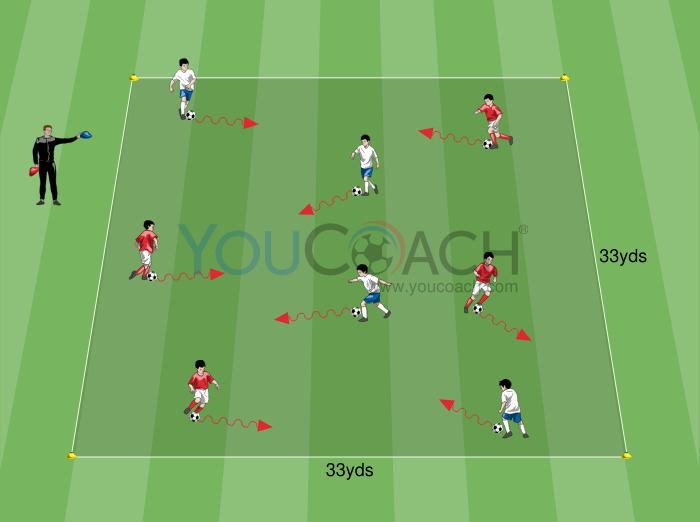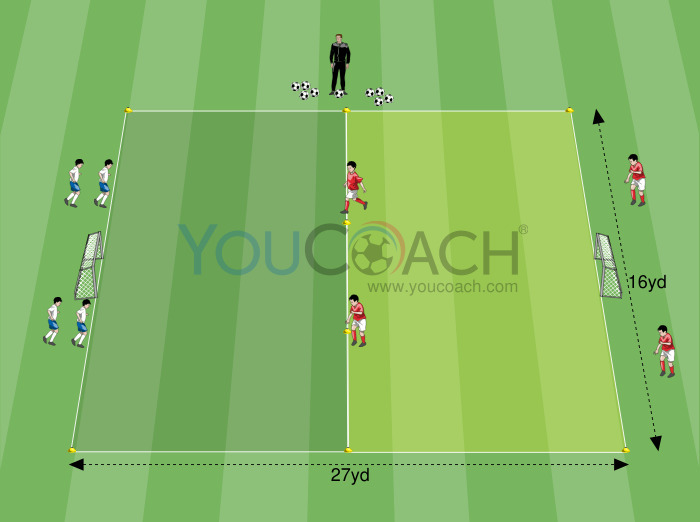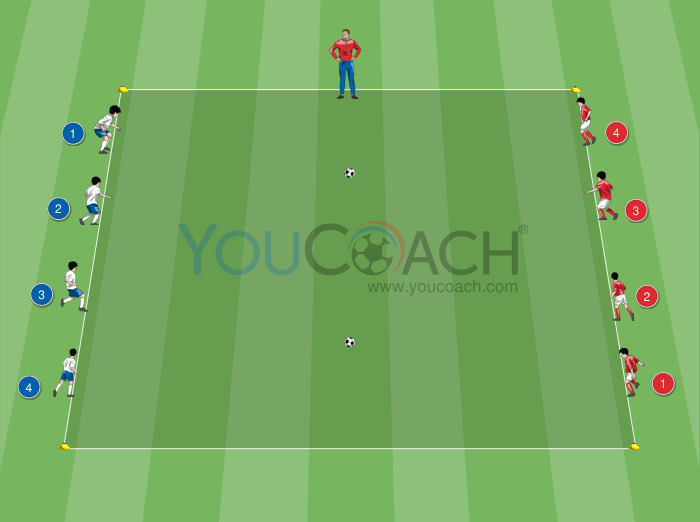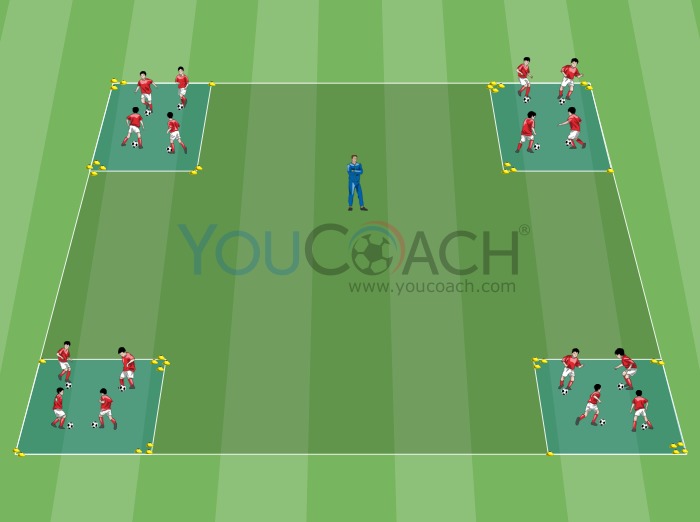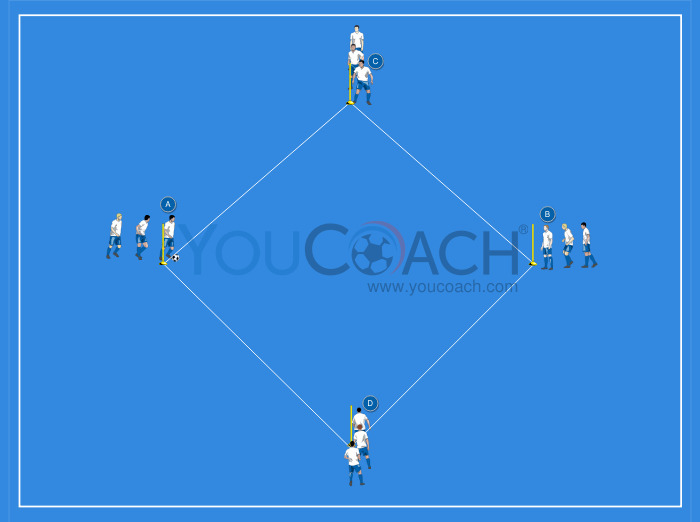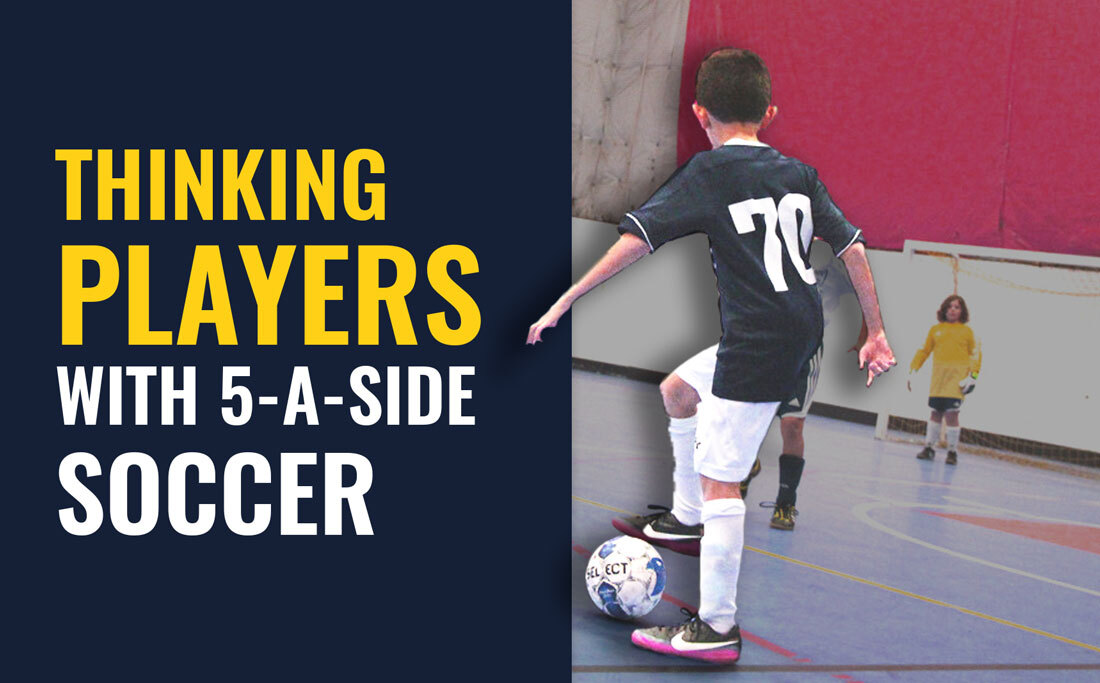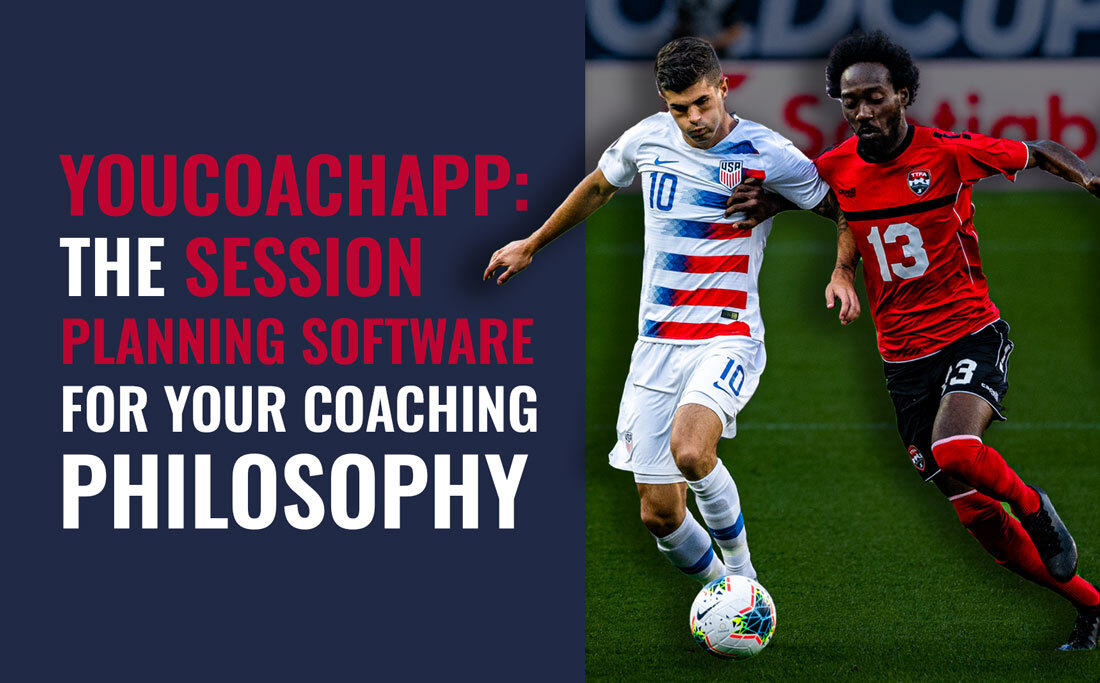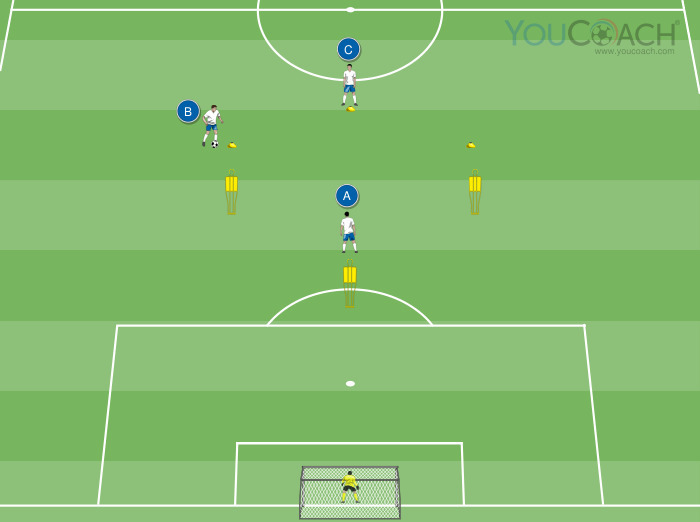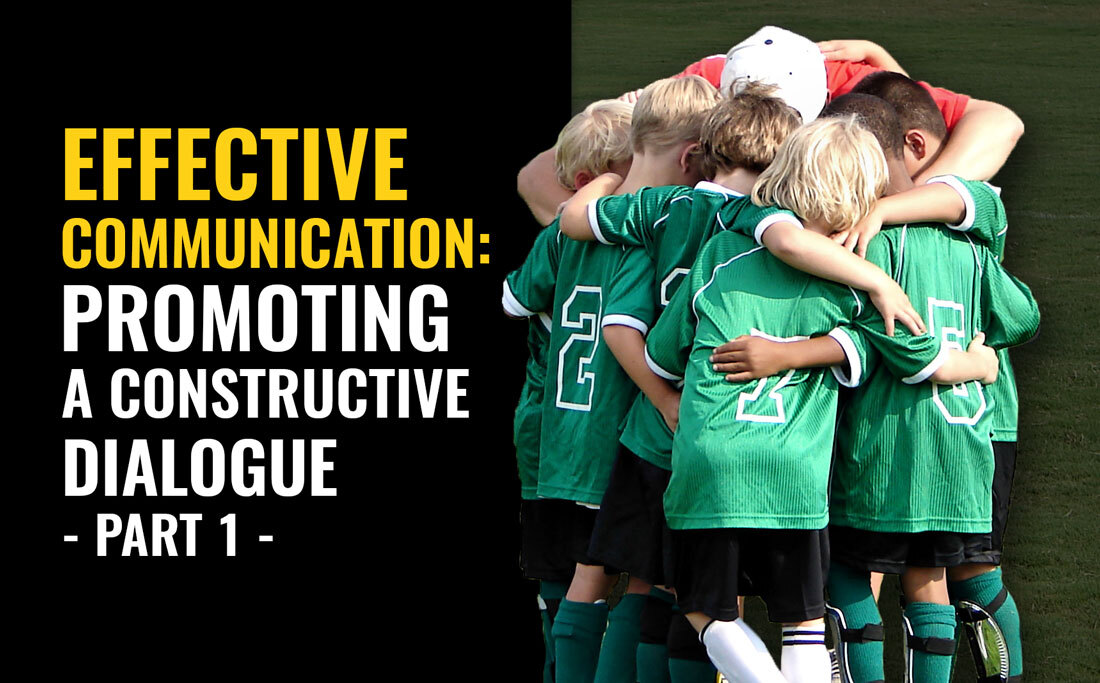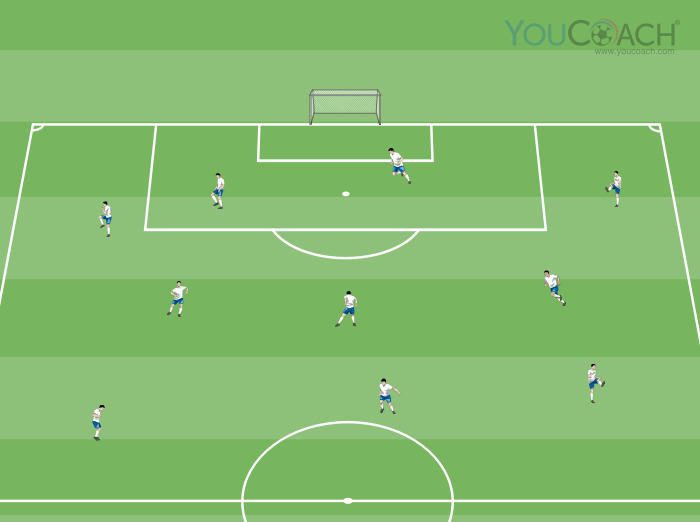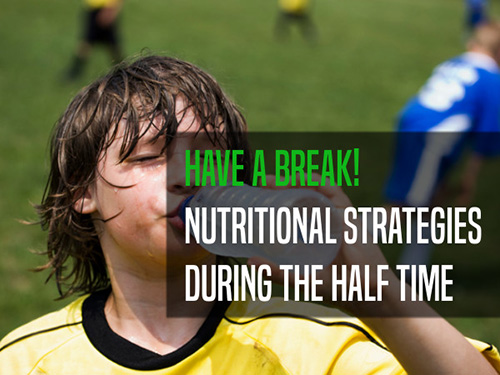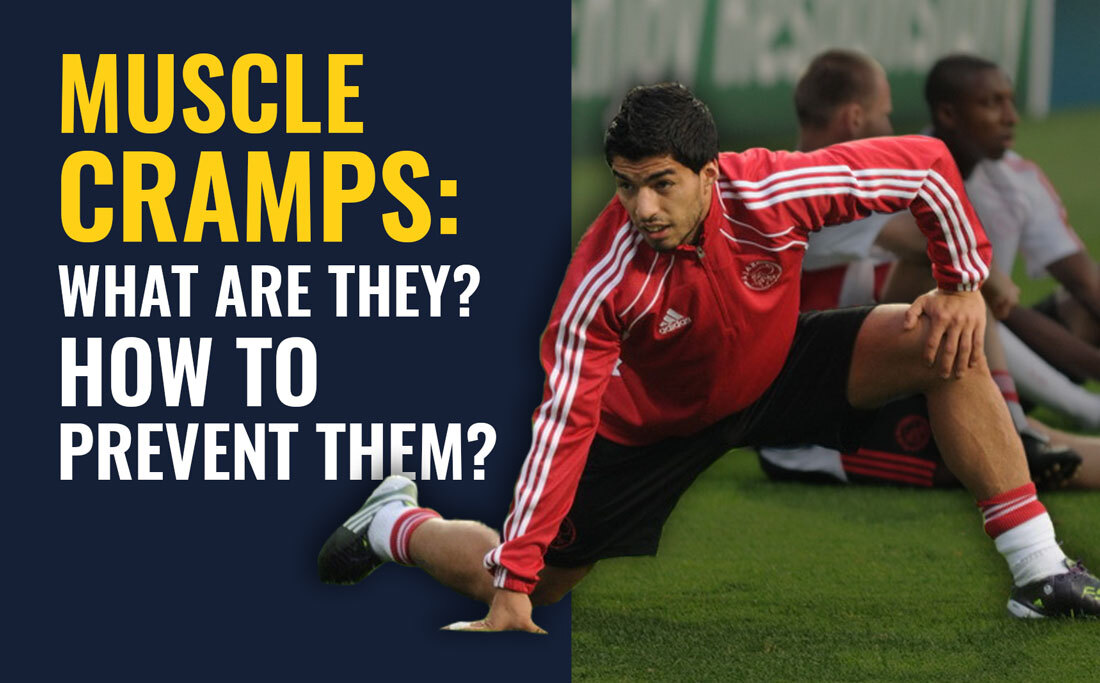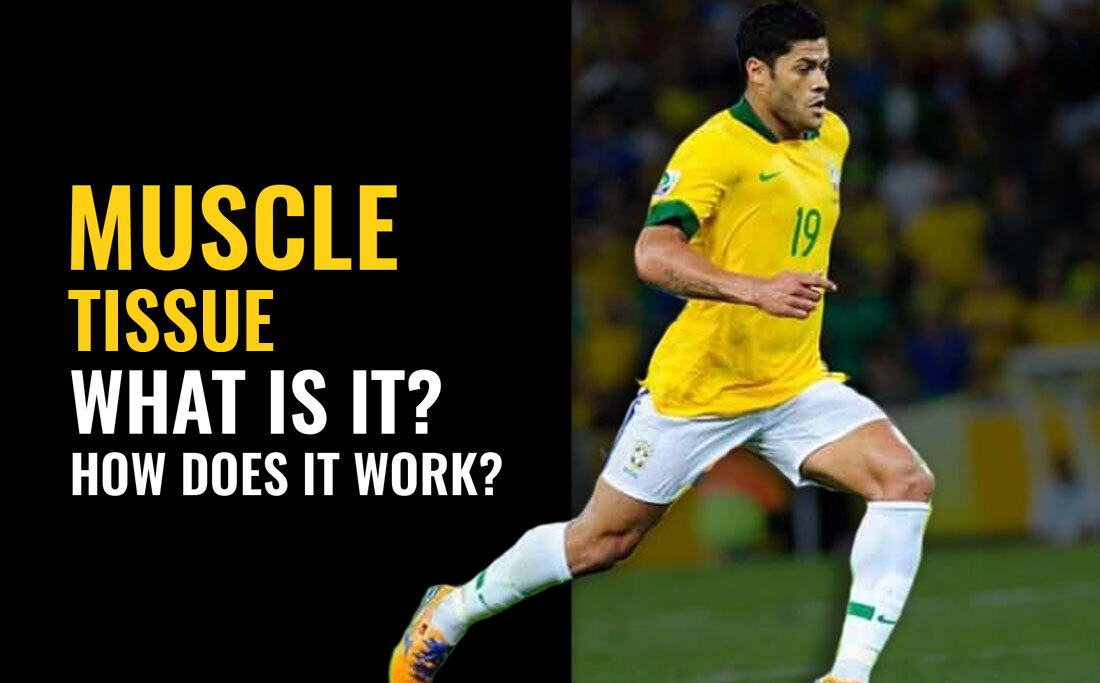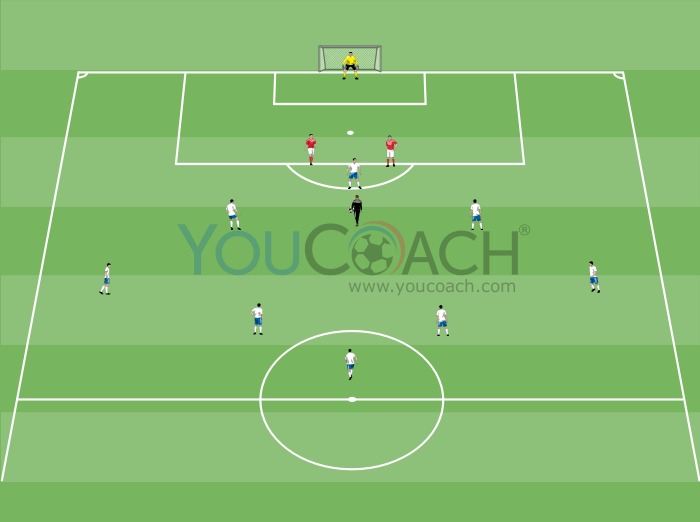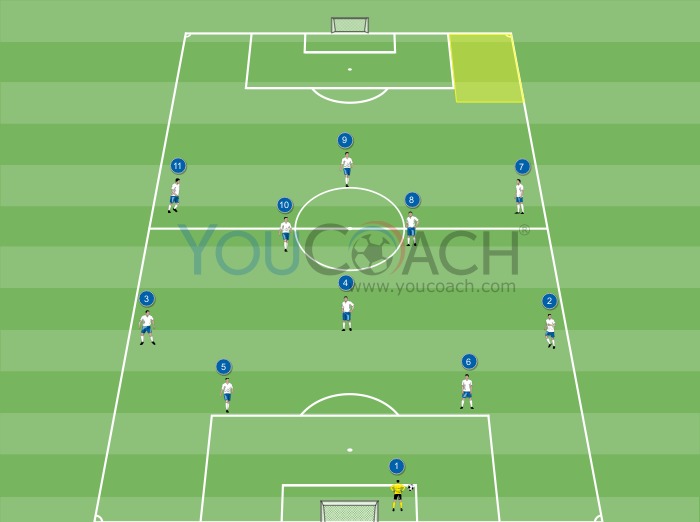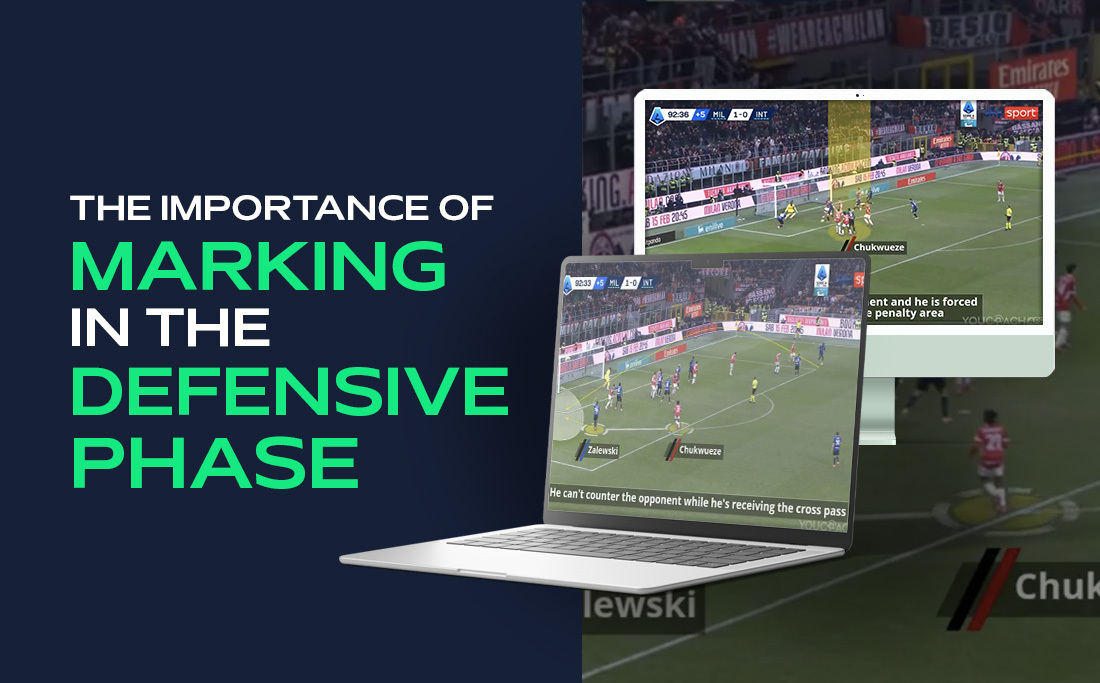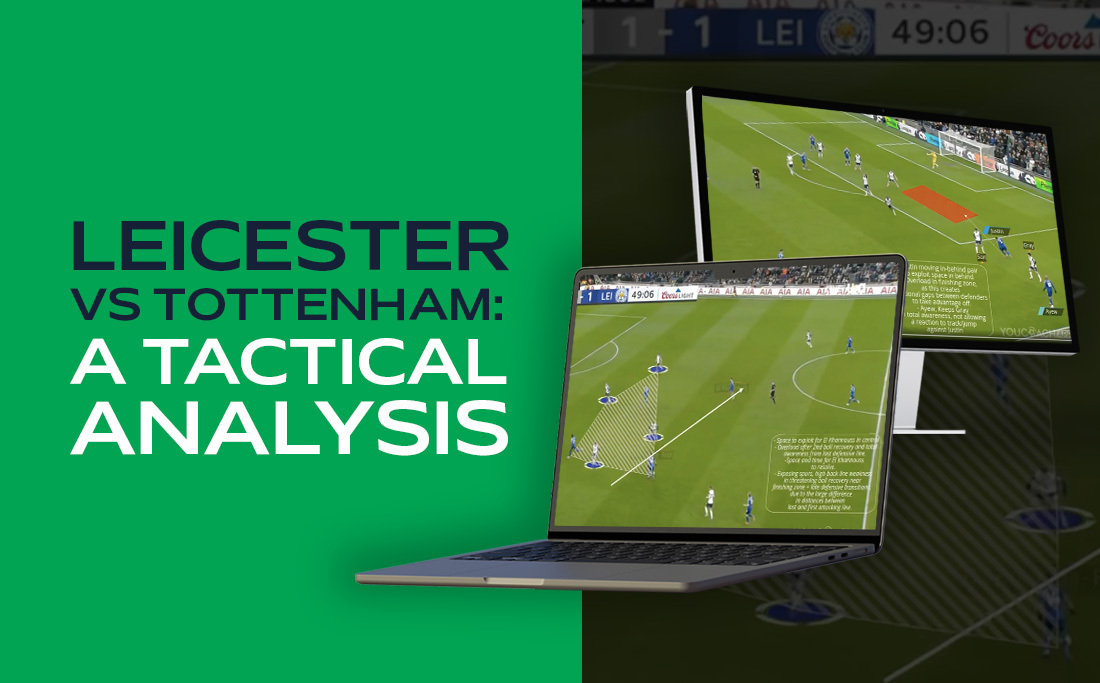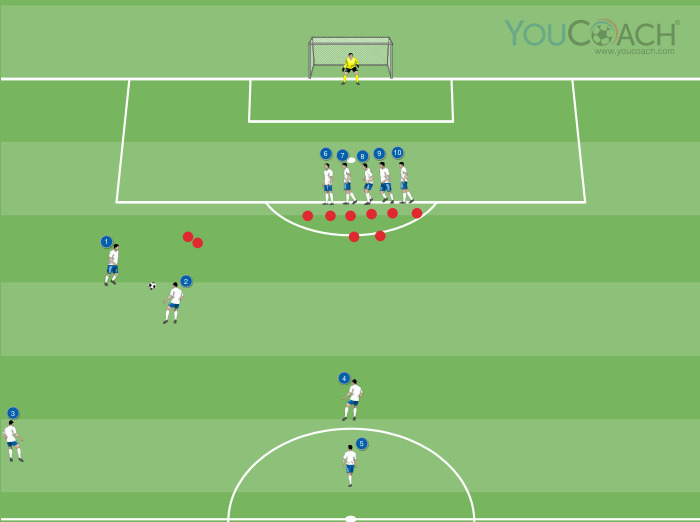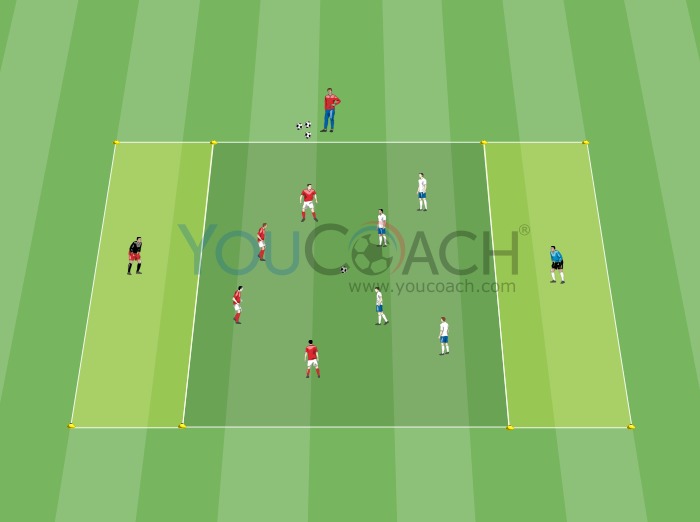Rondos

 30 videos
30 videos Improving the pass and control, working the body orientation, stimulate the avoid of the marker, visualize the spaces to occupy or release are goals that all coaches want to pursue in their tasks, proposing to theirs players a complete training from the technical, tactical, physical and cognitive point of view.
In order to build a good possession of the ball, rondos is one of the first tasks that we will have to propose. Rondos is ideal for working all types of possession. The fact that the goal is not presented let the team to get used to play without the anxiety of wanting to reach the goal quickly, a behaviour that represents one of the common problems seen on the soccer fields: the players have a single direction, the goal, but often the fastest way to get there is nor a straight line. An example of this different strategy may be the moment we play against a team that in advance is superior to us: in this case it’s better not to force the actions and choose a maintenance ball possession, trying to turn the maintenance into a dangerous action only when there is no big risk. In this way the opponent will have fewer chances of goal since the possession of the ball will be ours.
Soccer players must to understand that only individual growth allows the team to success, but the most complicated thing to transmit is that success is not win at any price: it is necessary to win by applying everything that has been learned in training, applying the principle that says that if we are perseverant, if we learn to manage the ball in the better way and if we know what to do with it, our game will make us have fun and will entertain to the viewers.
What is an e-Video?
It is a protected video file that will appear in your 'My Videos' page with timely unlimited access.

